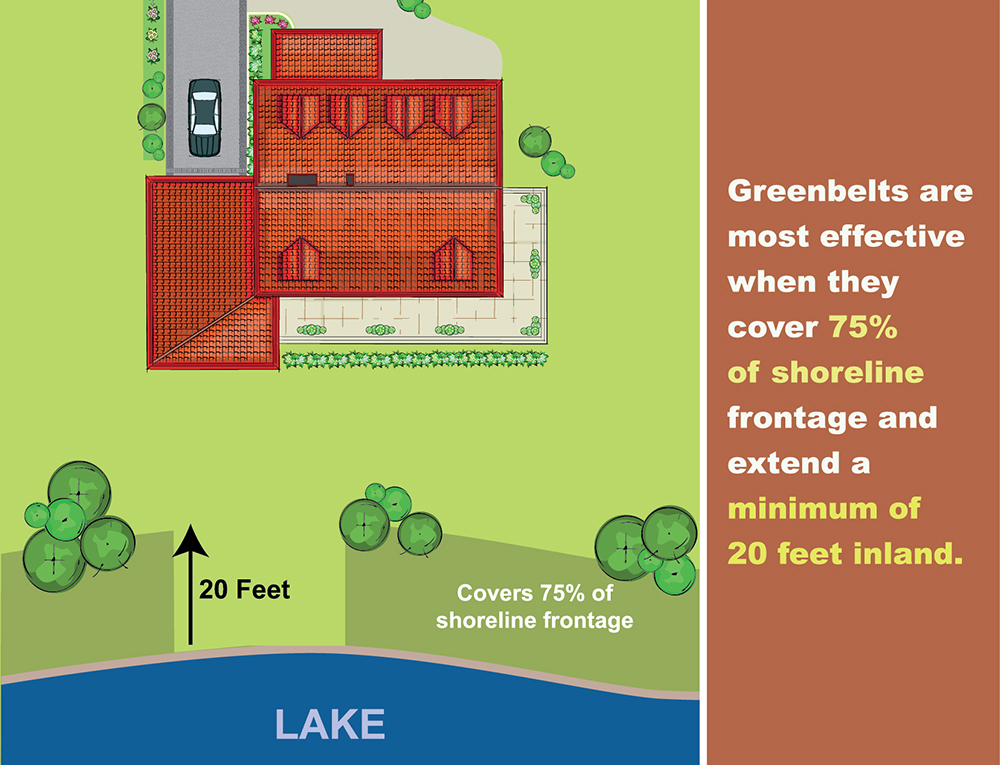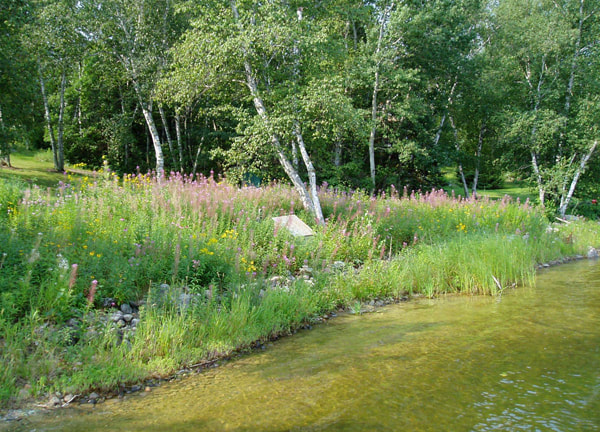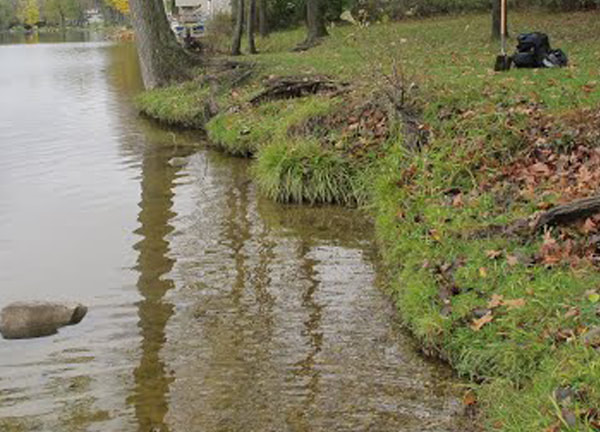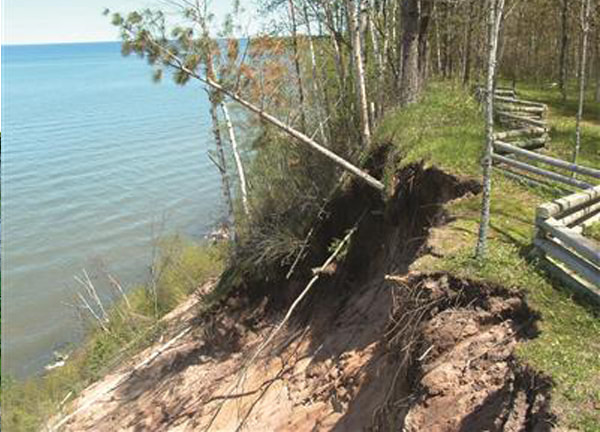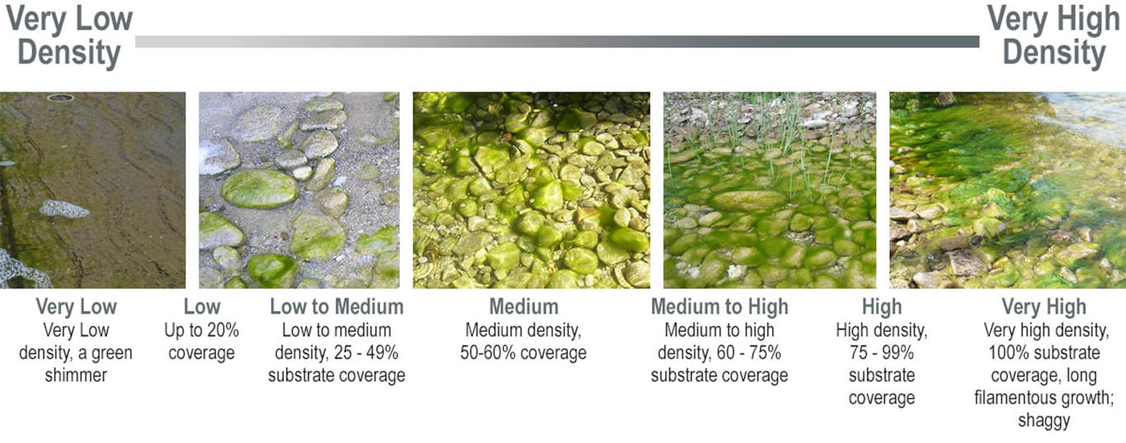Elk River Chain of Lakes Shoreline Survey
Welcome,
During the summers of 2016 and 2017, the Tip of the Mitt Watershed Council led a coordinated effort to conduct a shoreline survey for 15 Lakes in the Elk River Chain of Lakes Watershed. The surveys were meant to document conditions that could impact water quality, including the three biggest threats to inland lakes: nutrient pollution, habitat loss, and shoreline erosion. Within the Watershed, shoreline properties have a large connection to the surrounding landscape and can serve as the last line of defense for protecting water quality. Conducted on a parcel by parcel basis, survey results indicate that human activity along sections of shoreline of many Lakes is likely impacting the lake water quality to some extent. Importantly, Lake water quality remains quite high in all Lakes surveyed. The purpose of each survey was meant to identify areas of the shoreline that can be enhanced and improved to prevent nutrient pollution, erosion, increase fish habitat, and help protect and conserve the Elk River Chain of Lakes for future generations. Improving areas with poor greenbelts will help the character and quality of your Lake by helping to reduce nutrient pollution and sediment input from erosion along the shoreline. Please visit the Michigan Shoreland Stewards (http://www.mishorelandstewards.org/) for more information on healthy lake practices along the shoreline.
Below are individual Lake reports for all lakes surveyed, highlighting greenbelt status, areas of erosion, and the presence of a bioindicator algae, known as "Cladophora". Clicking a lake name will open the respective report in a new browser window. Please scroll beneath the lake list for a map depicting survey results. A legend for each map layer is shown by clicking the arrow next to the checked layer. Scroll down for information on greenbelts, Cladophora, and erosion from the survey. For individual parcel results, please contact Tip of the Mitt Watershed Council at (231)347-1181.
Thank you and kind regards. See you around the shoreland,
Tip of the Mitt Watershed Council
During the summers of 2016 and 2017, the Tip of the Mitt Watershed Council led a coordinated effort to conduct a shoreline survey for 15 Lakes in the Elk River Chain of Lakes Watershed. The surveys were meant to document conditions that could impact water quality, including the three biggest threats to inland lakes: nutrient pollution, habitat loss, and shoreline erosion. Within the Watershed, shoreline properties have a large connection to the surrounding landscape and can serve as the last line of defense for protecting water quality. Conducted on a parcel by parcel basis, survey results indicate that human activity along sections of shoreline of many Lakes is likely impacting the lake water quality to some extent. Importantly, Lake water quality remains quite high in all Lakes surveyed. The purpose of each survey was meant to identify areas of the shoreline that can be enhanced and improved to prevent nutrient pollution, erosion, increase fish habitat, and help protect and conserve the Elk River Chain of Lakes for future generations. Improving areas with poor greenbelts will help the character and quality of your Lake by helping to reduce nutrient pollution and sediment input from erosion along the shoreline. Please visit the Michigan Shoreland Stewards (http://www.mishorelandstewards.org/) for more information on healthy lake practices along the shoreline.
Below are individual Lake reports for all lakes surveyed, highlighting greenbelt status, areas of erosion, and the presence of a bioindicator algae, known as "Cladophora". Clicking a lake name will open the respective report in a new browser window. Please scroll beneath the lake list for a map depicting survey results. A legend for each map layer is shown by clicking the arrow next to the checked layer. Scroll down for information on greenbelts, Cladophora, and erosion from the survey. For individual parcel results, please contact Tip of the Mitt Watershed Council at (231)347-1181.
Thank you and kind regards. See you around the shoreland,
Tip of the Mitt Watershed Council
Shoreline survey reports for each individual lake can be found under Shoreline Surveys on the Inventories and Surveys page here.
|
|
|
Erosion Severity
Erosion introduces sediments and excess nutrients attached to soil particles. An abnormal increase in sediments can clog the gills of fish, macroinvertebrates, and degrade habitat including fish spawning grounds. Increased nutrients can cause algal blooms that degrade lake water quality.
Erosion introduces sediments and excess nutrients attached to soil particles. An abnormal increase in sediments can clog the gills of fish, macroinvertebrates, and degrade habitat including fish spawning grounds. Increased nutrients can cause algal blooms that degrade lake water quality.
Cladophora Density
Cladophora is an algae that grows as a film and in later growth stages as filaments on hard substrate near the shoreline. Increased nutrients, such as phosphorus from failing septic systems, enhance Cladophora growth to abnormal levels. Monitoring Cladophora serves as a useful bio-indicator of changes to nutrient inputs near the shoreline.
Cladophora is an algae that grows as a film and in later growth stages as filaments on hard substrate near the shoreline. Increased nutrients, such as phosphorus from failing septic systems, enhance Cladophora growth to abnormal levels. Monitoring Cladophora serves as a useful bio-indicator of changes to nutrient inputs near the shoreline.
|
To improve your stewardship of the ERCOL, visit the Michigan Shoreland Stewards (MiSS) website. The MiSS program provides recognition for lakefront property owners who are protecting inland lakes through best management practices on their property and provides recommendations for improving your shoreline.
www.mishorelandstewards.org |

